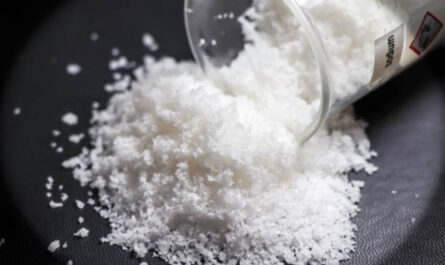The Rise of Stone Plastic Composite Flooring
Introduction to SPC Flooring
Stone plastic composite (SPC) flooring is a new type of floating floor that is gaining popularity as an affordable alternative to more expensive natural stone and wood flooring options. SPC flooring is made from a mixture of crushed stone, plastic polymers and pigments that allow it to replicate the look of stone or wood with remarkable accuracy. This makes SPC flooring a very versatile flooring material that can be used to achieve various aesthetic styles.
Composition and Manufacturing Process
SPC flooring is composed of approximately 20-30% stone minerals that provide hardness and aesthetics, along with 60-70% polyvinyl chloride (PVC) and other polymers that act as the primary binder. Pigments are added to accurately mimic the appearance of different types of stone or wood. The mixture goes through an intensive process of calendaring and pressing to form durable, waterproof SPC planks or tiles. This creates a flooring material that is very dense with no voids, providing excellent durability and hiding any subfloor imperfections.
Key Features and Benefits
Compared to other flooring options, SPC flooring offers several advantages that are driving its popularity:
Affordability – SPC flooring provides the luxury look of stone or wood at a fraction of the cost. Its synthetic composition allows mass production and installation as a floating floor.
Durability – The stone-polymer blend makes SPC flooring highly resistant to scratches, cracks and damage from water, heat and staining. With proper care, it can last 20-30 years.
Waterproof – As SPC planks do not absorb water, they will not swell, buckle or deteriorate when exposed to water spills or moisture. This makes them suitable for any room in the home.
Easy Maintenance – A simple sweep or vacuum keeps SPC floors looking their best. They can easily withstand wet mopping without swelling or damage.
Realistic Styles – Top-quality stone plastic composite flooring replicates the grain patterns and textures of natural materials so authentically they can fool the eye. This allows limitless design possibilities.
Comfort and Sound Absorption – With a gentle cushioning underfoot, SPC floors provide warmth and comfort underfoot while reducing noise across different rooms.
Suitable for Floating Installation – As SPC planks ‘float’ over any existing firm subfloor, homeowners can install them easily over concrete or other flooring materials without adhesives or nails.
Popular Styles and Applications
With its stone-like durability and affordable price, SPC flooring has become a popular choice for both residential and commercial use in any area with traffic:
– Living rooms for its wood and stone looks and added insulation from sound.
– Kitchens for its waterproof properties and resistance to staining from cooking accidents.
– Entryways and bathrooms that see a lot of moisture from coming in from rain or showers.
– Basements or sunrooms where moisture resistance is key.
– Offices and retail stores that demand heavy foot traffic durability.
The most common styles imitate classics like oak, maple, ash and hickory for rustic woodgrain aesthetics or granite, marble, limestone for luxurious stone looks. Exotic styles mimicking teak, walnut or quartzite further expand design possibilities. With their realistic venation and shading, some varieties of SPC floors can be almost indistinguishable from the authentic materials. This versatility has made it a popular “greener” choice than solid hardwood.
Installation and Best Practices
SPC floors are designed for simple floating installation with basic power tools. Professional installation is recommended for large, complex projects or for added warranty coverage. The main steps are:
– Preparing the subfloor by ensuring it is clean, dry and smooth. Filling any imperfections.
– Laying a moisture barrier or vapor barrier if required for the material below
– Allowing planks to acclimate in the room for 48 hours prior to installation.
– Locking long edges of planks together at a 45° angle for a tight fit. Tapping with a rubber mallet if needed.
– Cutting planks where needed with a utility knife and straight edge.
– Using provided moulding and transition strips at doorways for an integrated look.
– Applying floor protectors to furniture to prevent scratches as the floor is walked on.
– Keeping SPC floors clean using recommended pH-balanced cleaners suited for the floor’s finish.
– Providing adequate sun and temperature protection according to the manufacturer’s guidelines.
With proper installation and care, stone plastic composite flooring will retain its showroom quality look for many years to come while serving as a durable, economical and waterproof flooring choice for homes and commercial spaces. Its realistic styles have truly transformed it into one of the top flooring categories available today.




